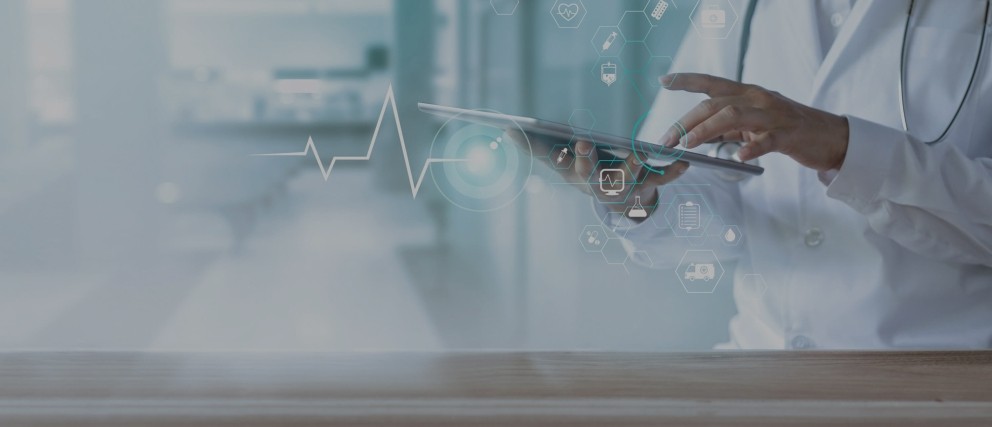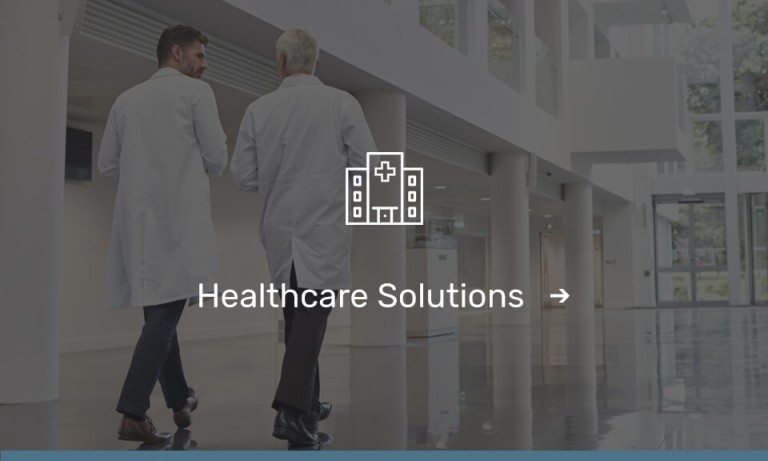
How Wi-Fi Technology Can Improve Patient Outcomes in the Healthcare Setting
Technology has become an integral part of the healthcare industry. The right Wi-Fi technology can assist hospitals and other medical facilities by providing increased efficiency, improved quality, and better patient outcomes. Here’s how:
Increase patient safety
The use of Wi-Fi monitoring allows nurses to always know their patients' status and prevent potential harm. For example, bed alarms can notify hospital staff if a patient is attempting to get out of bed. Also, using a barcode system on each patient’s armband verifies the correct patient medications, dosages, allergies, and tests needed, and alerts the nurse of any inaccuracies.
Monitor and record attached patient medical devices
Some patients may have many medical devices attached to their body to monitor several things: heart rate, heart rhythm, oxygen saturation, blood pressure, fetal heart rate, and sometimes uterine contractions. If there are any irregularities, a notification is sent to the nurse and the care team. Staying connected with Wi-Fi and continuously monitoring and recording the patient’s results helps increase the patient’s safety and quality of care.
Receive timely critical lab and test results
Positive patient outcomes are dependent on the quick delivery of critical lab and diagnostic test results. Physicians rely on instant communication from all hospital departments and the patient’s electronic medical records so they can make accurate decisions based on up-to-date patient information. Consistent and reliable Wi-Fi technology provides fast results to the healthcare team and helps direct the patient’s plan of care.
Easy access to emergency medical records (EMR) at the patient’s bedside
Maintaining Wi-Fi technology at a mobile workstation is a necessity to optimize hospital staff workflow and productivity. For instance, nurses spend a significant amount of time documenting patient interactions and care provided. Additionally, physicians use mobile workstations to view a patient’s medical history, lab results, and imaging tests for diagnostic purposes. The ability to quickly access a patient’s medical records at the bedside boosts productivity and improves the quality of care.
Stay connected after discharge
The use of technology can help with a patient’s transition after discharge by allowing the physicians, care managers, and patients to stay in contact. This connection uses tablets and smartphone apps, and patients have access to their medical data online. This approach improves patient engagement in their care and motivates them to improve their lifestyles for the sake of better health outcomes.
Allied Telesis partners with healthcare providers
Allied Telesis enables wireless healthcare solutions for always-on access to patient information from anywhere around the hospital or healthcare facility. Autonomous Wave Control (AWC) provides centralized management of the entire Wi-Fi network, with industry-leading technology that enables a self-tuning wireless network that automatically maximizes performance and minimizes interference, for the best possible user experience.
Our world's-first hybrid wireless access points enable both maximum performance and seamless roaming, to assure medical staff can immediately access test results, accurate patient records, and connection to other critical online systems as they move around the premises.
Allied Telesis design innovative wireless solutions to exceed expectations in patient care and promote better outcomes for all.
Is your medical Wi-Fi as healthy as it can be? Find out how to enable superior healthcare and boost your Wi-Fi performance.



